Marking the 20th anniversary of his Powerhouse Museum exhibition ‘Design Works’, Marc Newson reflects with creative director Stephen Todd on his archive of iconic designs and why his deep fascination with how things work drives him to create the impossible.

September 22nd, 2021
Fixated on detail and fascinated with “creating impossible things”, Marc Newson has a history of conceiving intricate, nuanced and intriguing work. In a recent Sydney Design Week talk with the Powerhouse Museum’s creative director Stephen Todd, Newson delved into his passion for exploring new techniques and the way things work.

Lockheed Lounge
Newson’s iconic Lockheed lounge, for example, was “the culmination of a series of technical challenges,” that Newson set for himself. “A lot of the work that I did – and still do to an extent – was about learning how to do things. Setting tasks for myself, mostly technical tasks, and learning how to accomplish them and in the process learning about materials, processes and techniques,” says Newson.

Lockheed Lounge
Similarly, Newson’s Atmos Clock for Jaeger-LeCoultre was a result of his interest in watch micro mechanisms – like “little micro-universes that sit on your wrist”.
The challenges that Newson sets himself have become increasingly complex over the years. Newson began experimenting with cloisonné for his 2019 exhibition at the Gagosian, a process of creating tiny copper barriers, soldering them onto a substrate and filling them with enamel, so that the copper acts as barriers between the different enamel colours, before being fired in a kiln. The process originated in Beijing centuries ago and is incredibly complex and time consuming, with each enamel colour requiring different kiln temperatures meaning each piece may have to be fired many times.

Cloisonné Black Blossom Lounge
“I always loved creating impossible things,” says Newson. “So in Beijing we had to create these kilns and make these objects and it took years to figure out how to do it. They’d never made objects this big or complex before.”
Similarly, Newson had to travel to Czechoslovakia to cast large glass objects for the exhibition, as it was the only place in the world to cast glass at that scale.
“I was always fascinated in using glass but I had never seen it done really nicely to be quite honest with you,” says Newson. “I, like a lot of people, found glass art to be fairly cringeworthy, even dating back to my days in art school, but it always fascinated me as a material. I wanted to exploit some of these techniques on a much larger scale.”
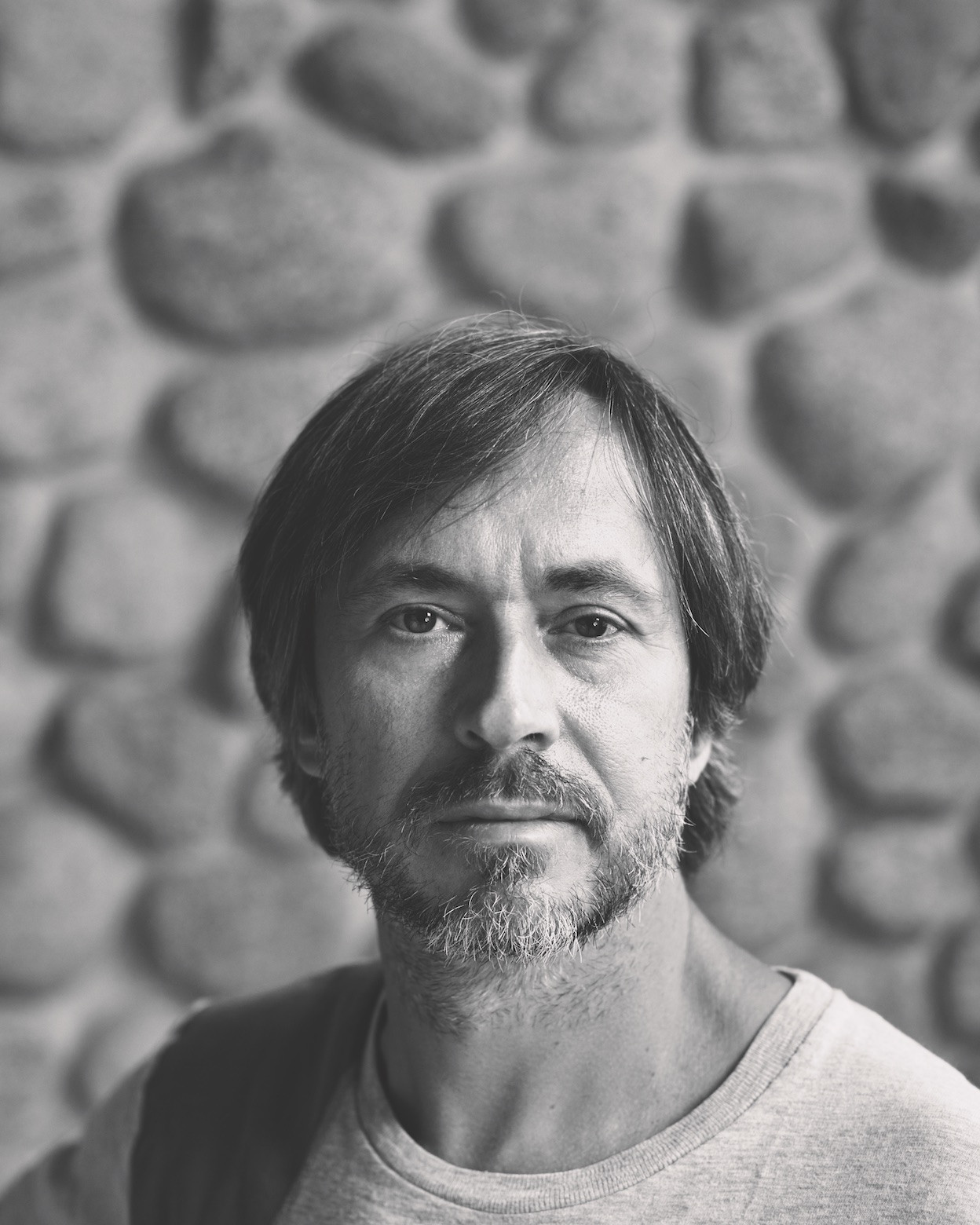
It was in Czechoslovakia that Newson created a range of desks and consoles using Murrina Tecnica, an Italian glass technique that has generally only been used to create decorative bowls, plates and vases.
What’s Newson working on now? An awful lot, as it turns out. Currently, Newson is trying his hand in the naval architecture and marine industry, a few projects which he says are “very, very ambitious”. His Quobus exhibition launched at Galerie Kreo in London just last week, a collection of sculptural steel and enamel shelves that reference shop designs he created for book publisher Taschen.
Newson’s fascination with how things work, he says, “comes from deep inside me”. “I just have a really fundamental fascination with how things work and it goes hand in hand with the fact that I’m a designer.”
The Powerhouse Museum is home to the most extensive collection of work by Newson. Watch the full talk with Stephen Todd and Marc Newson here.
Marc Newson
Marc-newson.com
The Powerhouse Museum
maas.museum
INDESIGN is on instagram
Follow @indesignlive
A searchable and comprehensive guide for specifying leading products and their suppliers
Keep up to date with the latest and greatest from our industry BFF's!
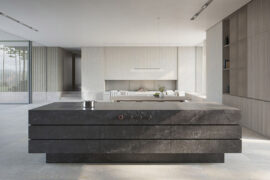
For those who appreciate form as much as function, Gaggenau’s latest induction innovation delivers sculpted precision and effortless flexibility, disappearing seamlessly into the surface when not in use.

The undeniable thread connecting Herman Miller and Knoll’s design legacies across the decades now finds its profound physical embodiment at MillerKnoll’s new Design Yard Archives.

Merging two hotel identities in one landmark development, Hotel Indigo and Holiday Inn Little Collins capture the spirit of Melbourne through Buchan’s narrative-driven design – elevated by GROHE’s signature craftsmanship.

New Australian modular seating brand, Knotte, has collaborated with Melbourne designer, Joanne Odisho, to develop its latest range, Almas. We asked her to tell us more.

Committed to the artful illumination of spaces, Volker Haug Studio amps up its well loved lighting collections with two new additions.

Vipoo has taken home the winning title in the biennale MAKE Award for Australian creatives. Learn who took home second prize and highly commended in what is Australia’s richest, non-acquisitive prize for craft and design in Australia.
The internet never sleeps! Here's the stuff you might have missed
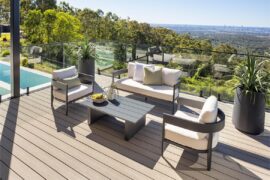
It’s designed for how you live, not just for how it looks.
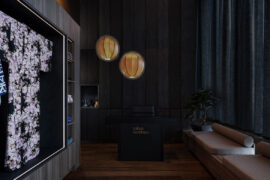
Making a splash on the hair spa scene, the latest project from X + O makes a little slice of Japan right at home in suburban Melbourne.
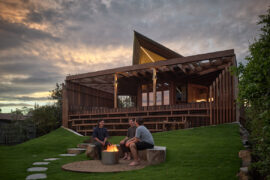
Recognised as a winner at the INDE.Awards 2025, Barton Taylor has received The Photographer – Residential accolade. His photographic work on Cake House captures the soul of a coastal icon reimagined, blending light, texture and atmosphere into a compelling visual narrative.